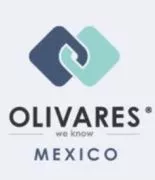As of November 5, 2020, a new Federal Law for the Protection of Industrial Property (IPPL) will supersede the current Industrial Property Law (IPL). The IPPL provides new rules regarding the grace period for prior art disclosures.
These new provisions will only apply to patents that are prosecuted and granted after November 5, 2020. Therefore, it is important to have in mind both laws when analyzing which regulations apply.
The IPL provides a one-year grace period for prior art disclosures made by the inventor/s or its assignees, by any means of communication, or by putting it into practice or displaying it at a national or international trade show. The petition for the grace period and the documents for proving the disclosure were needed together with the filing of the patent application, under the IPL.
Now, the new IPPL, broadens the activities that may qualify for getting the grace period, including now any disclosure made directly or indirectly by the inventor/s or its assignees, as well as including include any disclosure made by any third party that obtained the information directly or indirectly from the inventor/s or its assignees.
Also, any patent application publication made by any foreign patent office due to a mistake, or the publication of a patent application by any foreign patent office filed by a third party that obtained the information directly or indirectly from the inventor/s or its assignees, will also qualify as prior art disclosures that can be benefit from the one-year grace period.
The content of this article is intended to provide a general guide to the subject matter. Specialist advice should be sought about your specific circumstances.

